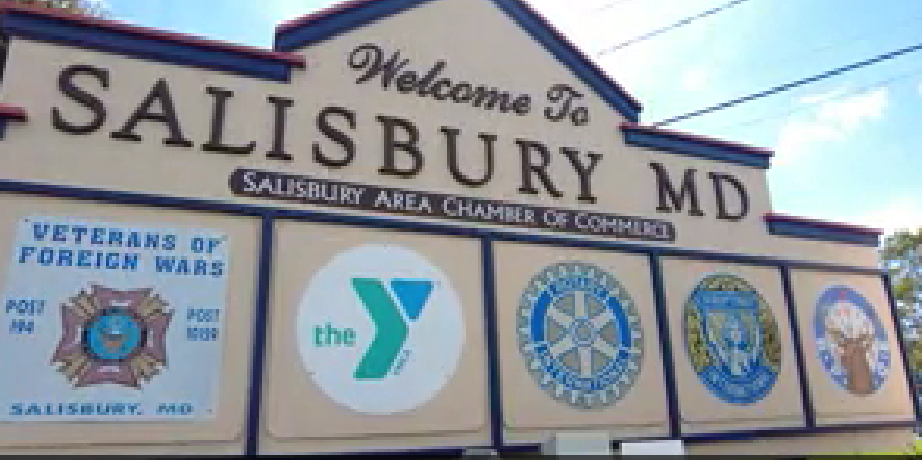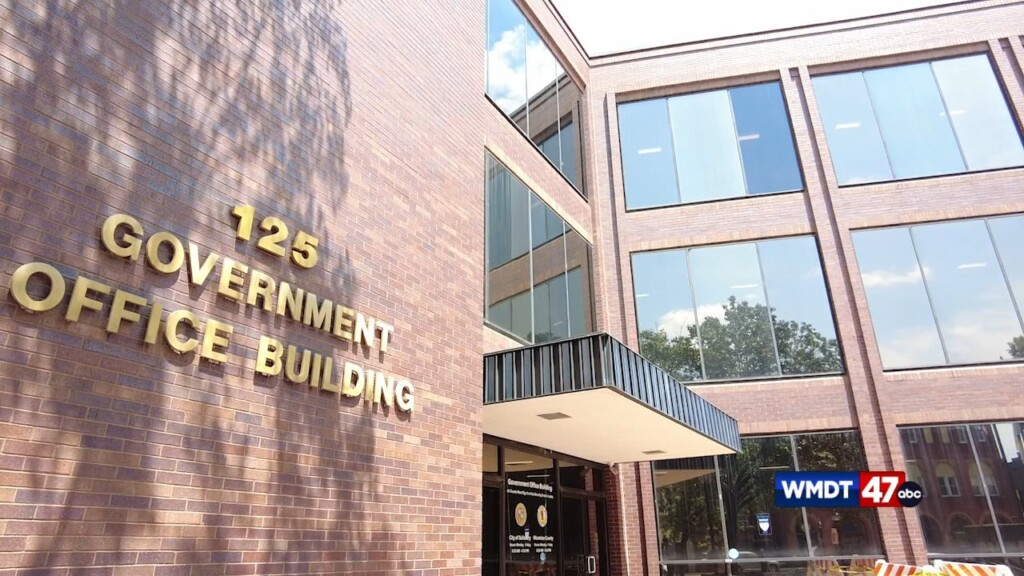Bye-bye Bay Bridge | Officials seek public input on replacement of iconic link
MARYLAND – An iconic and important link between the Eastern Shore and the rest of Maryland is due for replacement. State officials are asking for input on the future of the William Preston Lane Jr. Memorial Bridge—known to most as the Bay Bridge.
Congestion Concerns and Aging Infrastructure
Local economic experts say replacing the four-mile bridge that connects Anne Arundel and Queen Anne’s Counties is long overdue for the Delmarva Peninsula.
“Just for the commerce that uses the bridge now, two new spans would carry us well into the rest of this century and the next one,” said Salisbury Area Chamber of Commerce President Bill Chambers. “We’re already seeing the Eastern Shore growing as a residential and business hub. So, I can’t imagine that we won’t see increased growth.”
The two main threats to the current spans are congestion concerns and aging infrastructure.
“There are elements of the bridges that don’t meet today’s design standards, which is not a surprise since they’re 50 and 70 years old,” said Maryland Transportation Authority (MDTA) Director of Planning and Program Development Melissa Williams.
Six Different Ways
MDTA officials are considering six design options for the bridge’s eventual replacement.
Each one features variations in the number and configuration of traffic lanes. One idea is to include a dedicated bus lane, and another would be to provide bicyclists and pedestrians a shared-use path across the Chesapeake Bay. Building a higher clearance to accommodate taller ships moving underneath the spans is also being considered.
They’re all big ideas working toward one goal: improving traffic flow and safety. And, MDTA officials want the public’s input on those initial inklings. They plan to host a series of open house events in December to get the public up to speed on the proposed plans and gather their ideas.
“We think [these ideas] deem further study because they have good merit to hopefully address some of the issues of the existing bridge,” Williams said. “We want to hear what people have to say, both commuters as well as frequent and infrequent users.”
And while the goals are lofty, Williams says they are necessary.
“We anticipate that between now and 2065, we will be spending over $3.8 billion on maintenance and rehabilitation of the existing structure,” Williams explained. “I think we need to look at that whole life cycle analysis and realize that the structures will not last forever. We can band-aid them, and we can make them last, but is that the wisest choice?”
Key Bridge Collapse Highlights Infrastructure Needs
Chambers, meanwhile, believes that the March collapse of the Francis Scott Key Bridge in Baltimore was a wake-up call for the nation to modernize its infrastructure. The reconstruction of the Key Bridge is expected to cost $3 billion at the very least. So, Chambers says federal support will be crucial in that project.
“That’s not a price tag that the taxpayers of Maryland and the businesses of Maryland can foot. It requires federal assistance,” Chambers said. “When a new administration comes in and it’s a different party than it was before, priorities change. Projects get moved around. I could see the conversation taking place that the Baltimore region of Maryland has done okay without the Key Bridge.”
Thinking about the fate of the Bay Bridge, Chambers says he and other business leaders remain cautiously optimistic.
“I think that regardless of whoever is sitting in Congress and the White House, the push to replace these two aging spans, which are respectively 70 and 50 years old, it’s kind of a no-brainer,” Chambers said.
Looking Ahead
There will be three open houses for the Bay Bridge replacement.
- December 4th, 6:00 p.m. to 8:00 p.m. – Virtual open house
- December 9th, 6:00 p.m. to 8:00 p.m. – Anne Arundel County Open House at Broadneck High School
- December 11th, 6:00 p.m. to 8:00 p.m. – Queen Anne’s County Open House at Kent Island High School
Officials hope to wrap up the planning phase by the end of 2026. After that will come big decisions on funding and construction. Williams says we likely won’t see any physical changes on-site for several years.


